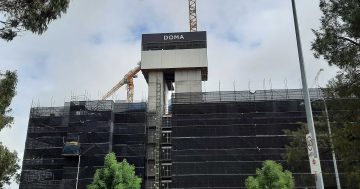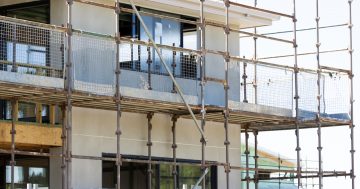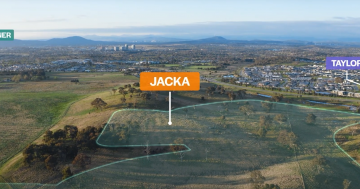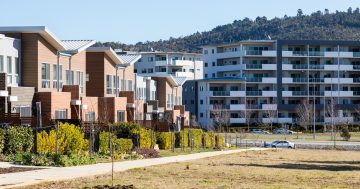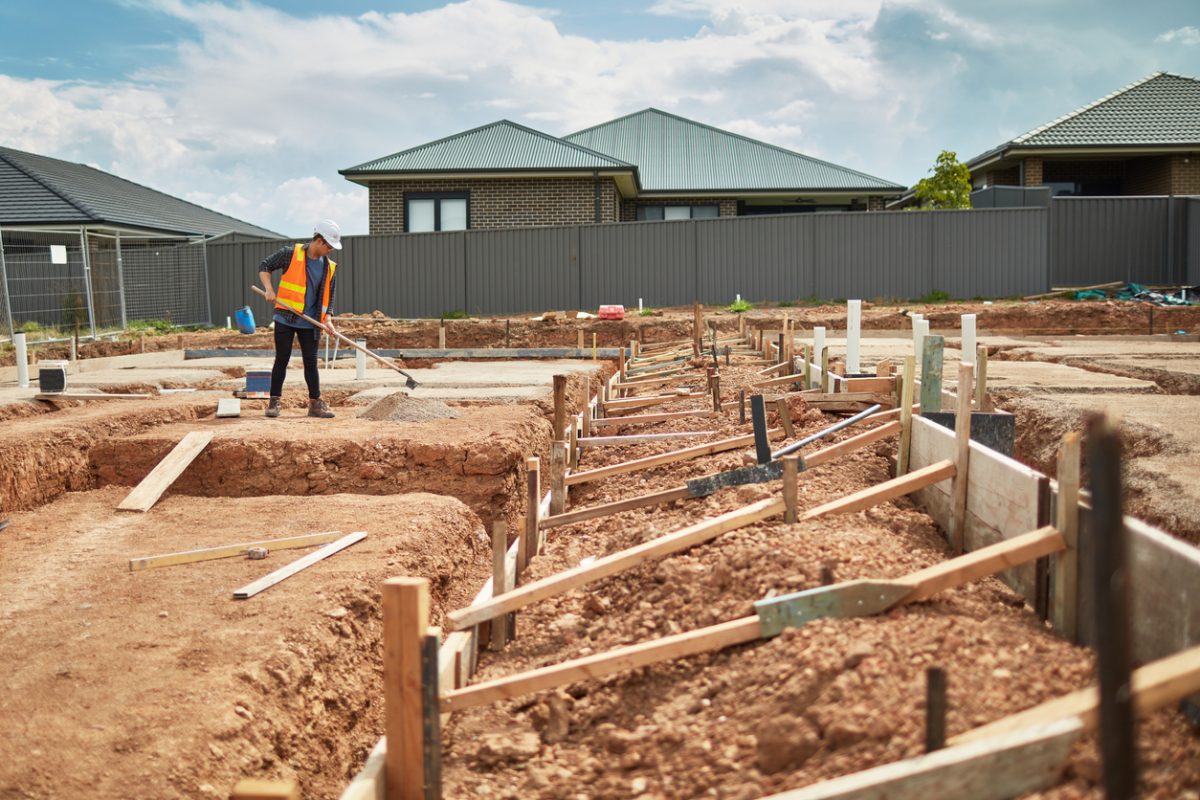
The MBA has argued the Territory’s low-density planning laws need to be changed to allow for more homes in the suburbs. Photo: File.
“The combination of high interest rates, stagnated land release and 1960s-style planning rules have combined to create a housing shortage in Canberra like we’ve never experienced before.”
That’s Master Builders Australia (MBA) ACT CEO Michael Hopkins – and he warns the situation will only get worse.
New analysis by the MBA has predicted the ACT will fall up to 7100 dwellings short of the National Housing Accord target set by the Federal Government and agreed to by all states and territories.
According to this month’s MBA building and construction industry forecast, while the Territory saw a 12.7 per cent increase in new home building starts in 2021-22, it’s also the only jurisdiction where detached houses accounted for less than one-half of new home starts.
This spells trouble for the capital erecting its share of the target of ‘one million homes in five years’ set by the Accord.
“MBA analysis reveals that between 5800 and 6380 dwellings must be built every year for the next five years [to reach the target]; however, MBA Australia forecasts reveal the ACT will fall 3720 dwellings short in the current financial year,” Mr Hopkins said.
“In total, that’s a shortfall of up to 7100 over five years.”
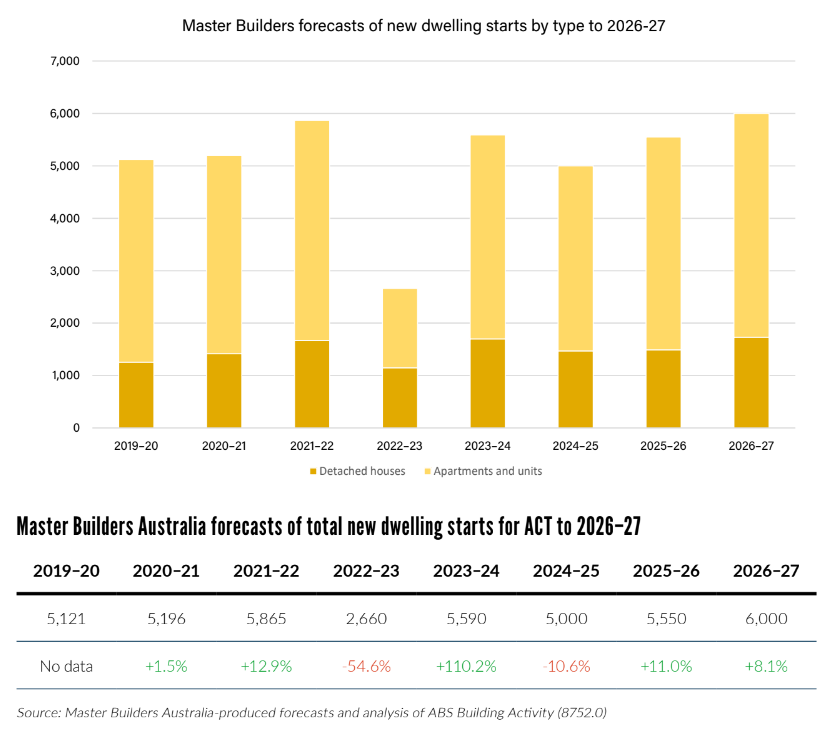
MBA modelling shows the ACT could fall up to 7100 dwellings short of meeting its National Housing Accord target. Photo: MBA ACT.
While the report stated demand was expected to be added to the market with the post-pandemic recovery of overseas migration, Mr Hopkins said a lot needed to be changed to meet it.
“A shortage of housing leads to rapidly escalating house and rental prices, strain on our public and social housing system, and makes it harder to attract skilled workers to meet Canberra’s workforce shortages,” he said.
“The ACT Government’s planning reform project is an opportunity to turn around our housing crisis and put in place housing policies which will meet the need of current and future Canberrans.”
The current government has a housing target of 70/30, which means it wants 70 per cent of new housing to be built in existing urban areas.
But Mr Hopkins said current planning rules don’t allow this to happen, and they needed to be changed to allow for more residential development in low-density areas.
“People could build an additional house or granny flat in their backyard, or it could involve a developer knocking down an established home and building two, three or four units on that site,” he said.
“It would allow people to retire and downsize homes in the same suburb, accommodate multiple families on the one block.
“Unlock the suburbs. Take this opportunity of planning reform that’s been presented to us.”
The MBA also wants third-party appeal rights tightened as it says the current system was “very generous” to the appellant in the ACT.
“Currently, anyone can appeal and hold up a project for more than 12 months … if people have that risk hanging over them, we won’t have developers or builders trying to build these houses,” Mr Hopkins said.
“It both discourages people from innovative building and clogs up the ACAT system.”
The MBA added that the Territory planning bill should allow increased height and medium-density limits around centres and public transport nodes.
Planning Minister Mick Gentleman said increasing density around local shops, along public transport routes and inner suburbs by building more dual occupancies on single blocks were all part of the discussion around the new Territory planning bill.
“The ACT Government first set out its intention to contain urban sprawl in 2018 through the Planning Strategy, through the goal of 70 per cent of all new development being within the city’s existing urban footprint,” he said.
“Controlling urban sprawl is essential to managing environmental impacts and ensuring all Canberrans have access to the services and infrastructure they need.
“Increasing the number of dual occupancy blocks in established suburbs may become part of this approach if the community indicate their interest.”
Land release from greenfield developments continued to be a government commitment.
Mr Gentleman said community well-being and environmental protections also needed to form part of considerations, and consultation with community and industry representatives would continue.
“The feedback shared with us now will help inform any future changes to zoning that would allow more homes to be built in existing suburbs,” he said.
“We want to hear from Canberrans about where and how they want to live into the future.”
However, Mr Gentleman also took aim at developers, urging them to “uphold their side of the bargain” and build homes they’d committed to.
“It’s time for industry to walk the walk as well as talk the talk when it comes to getting homes built,” he said.
This follows reports some buyers of off-the-plan developments have been asked to pay more due to increased construction costs or cancel their contracts.
While the Canberra Liberals will release their housing policy in the lead-up to next year’s election, Shadow Housing and Planning Minister Mark Parton urged the government to reconsider its stance on low-density zoning.
“The government has the option to take up that option now, they don’t have to wait for an election, so the ball’s in their court,” he said.
“[But] there’s no point in making a target if you can’t possibly achieve it.”












